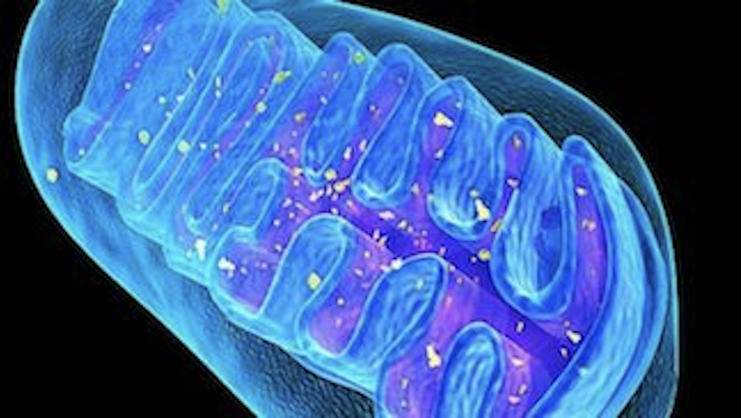Heart failure continues to impose a major global burden, with limited options for reversing progressive contractile dysfunction despite optimized pharmacologic and device therapy. In this context, the first-in-human trial of AB-1002, a cardiotropic adeno-associated viral (AAV) vector encoding a constitutively active form of protein phosphatase-1 inhibitor (I-1c) represents a major innovation. By releasing SERCA2a from phospholamban-mediated inhibition, this strategy seeks to restore calcium cycling and contractile reserve without introducing exogenous pump proteins. In an open-label phase 1 study of 11 patients with advanced nonischemic cardiomyopathy, intracoronary delivery of AB-1002 was well tolerated, with no serious vector-related adverse events and only mild transient hepatic enzyme elevations. Modest but consistent improvements were observed in LVEF, while myocardial tissue from one explanted heart confirmed successful transgene expression and phospholamban phosphorylation. These results demonstrate the feasibility and biological activity of a phosphatase-inhibition gene-therapy approach for human heart failure. The forthcoming phase 2 GenePHIT trial will determine whether these encouraging mechanistic signals can be translated into tangible clinical benefit. AB-1002 thus represents a cautiously optimistic inflection point-suggesting that, with improved vector design and rigorous evaluation, gene therapy may yet deliver on its long-sought promise of molecular restoration in the failing human heart.
Lighting the way
Forefront Of Research
Our research is focused on Translational Medicine, with the ultimate goal to translate our discovery into the clinical scenario





